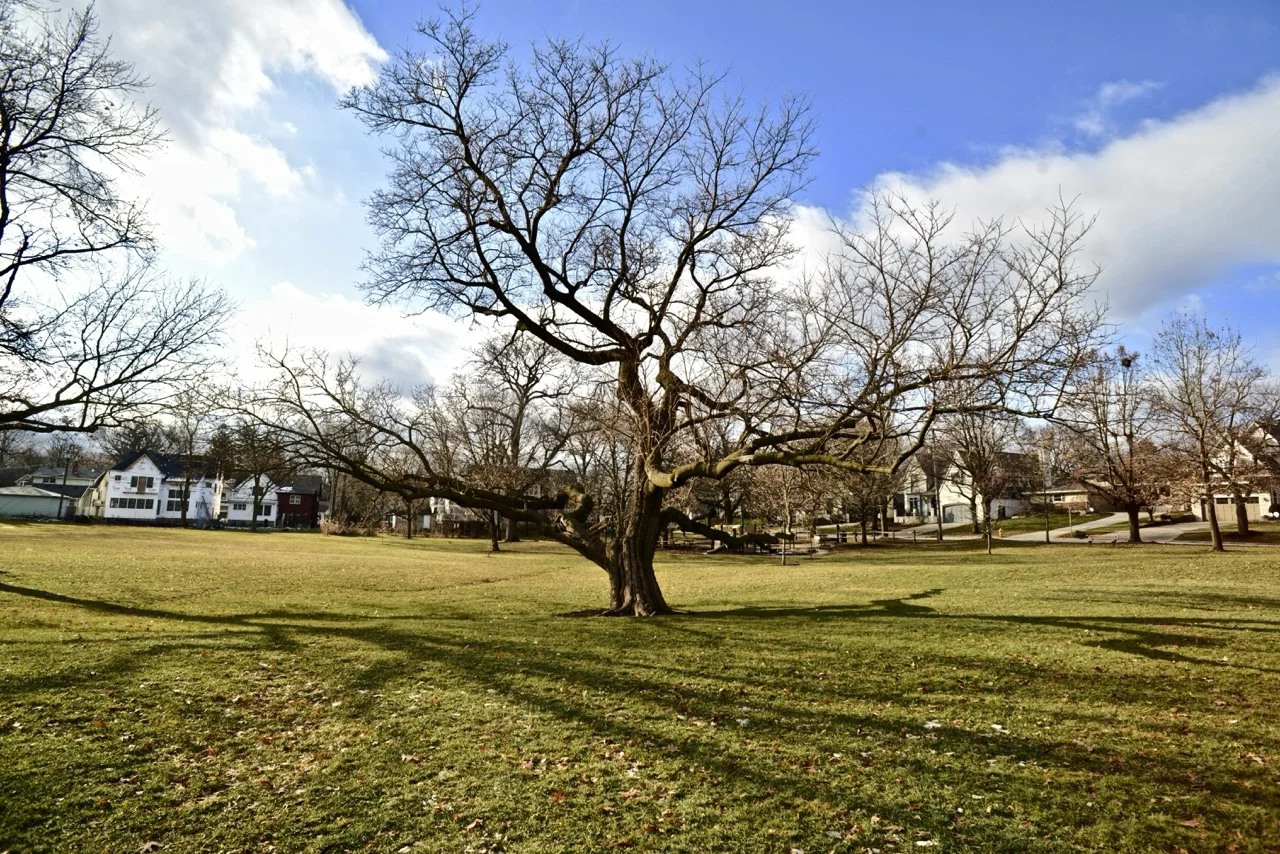Your trees add beauty, shade, and value to your property—but like all living things, they can get sick or die. Catching the signs early can make the difference between saving a tree and needing to remove it. Here are five common warning signs that your tree might be diseased or dying—and what you should do about it.
1. Dead or Dying Branches
If you notice branches that are brittle, bare, or breaking easily, your tree may be struggling. These limbs often appear dry and lack any new leaf growth, even when the rest of the tree seems fine.
What to Do:
Dead branches should be trimmed as soon as possible. Not only can they fall and cause damage, but they can also spread disease to healthy parts of the tree. A certified arborist can assess whether the issue is localized or a symptom of a larger problem.
2. Discolored or Wilting Leaves
Leaves that turn yellow, brown, or develop spots during the growing season may signal disease, root problems, or pest infestations. In evergreen trees, discolored needles are a red flag too.
What to Do:
Check for patterns. If discoloration is limited to one section, it might be an isolated issue. If it’s widespread, the entire tree could be affected. Professional tree care services can diagnose the cause and recommend treatment options.
3. Unusual Growths or Fungal Activity
Mushrooms at the base of the tree or cankers (sunken or swollen areas on the trunk or branches) often indicate internal rot or disease. These issues usually start below the surface, so visible fungi can mean the damage is already advanced.
What to Do:
Avoid DIY solutions. These problems can quickly worsen without expert care. Contact a tree service professional to evaluate the extent of the damage and determine if removal or treatment is needed.
4. Pest Infestation
Boring insects (like beetles or termites), sawdust-like material, or visible holes in the bark can be signs that pests have taken hold. Insects not only damage the tree but also introduce disease.
What to Do:
Don’t wait. Pest infestations can spread to nearby trees. An arborist can recommend eco-friendly treatments or tree removal if the infestation is too severe.
5. Leaning or Root Damage
A tree that’s leaning suddenly or has visible root damage may be structurally unstable. Cracked or heaving soil around the base of the tree is another red flag.
What to Do:
A leaning tree may be at risk of falling—especially during storms. Schedule a professional inspection immediately to evaluate its safety and decide if removal or bracing is necessary.
🛠️ Let the Experts Help
If you’ve noticed any of these signs, it’s time to take action. At Dixie Tree Services, we specialize in diagnosing tree health issues and offering safe, effective solutions—from trimming and treatment to full removal when necessary.
📞 Call us today for a free consultation or to schedule a tree health inspection.

